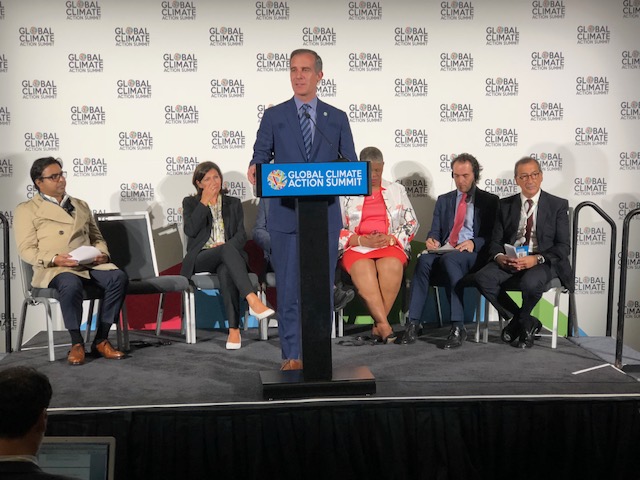
This story follows up on a one I wrote last spring (2022) regarding the negotiations around possible revisions to the European Union’s Renewable Energy Directive (RED), which is evaluated every three years. Of peak interest has been whether members of parliament would change their view toward the continent’s use of woody biomass for heat and energy and its impact on global forests.
Biomass accounts for more than 60 percent of the EU’s renewable energy portfolio — but legions of scientists continue to argue there is nothing renewable about burning biomass, at least at it compares to zero-carbon wind and solar.
While parliamentary committees for the first time recommended changes in subsidies for woody biomass and increased protections for Europe’s forests — which provide the bulk of the EU’s pellet production — the outcome appears far different. Yes, it calls for phasing down of subsidies, estimated at $13 billion annually. It also calls for protection of natural forests, saying only lumber residue and damaged trees can be used for pellets. But forests advocates explained to me that the amendments that were approved are vague enough to not change EU woody biomass consumption — or the emissions they produce — at least for the next three years.
This view was essentially supported by a statement by US-based Enviva, the world’s largest pellet maker, that hailed the RED amendments as a victory for the bioenergy industry.
Here’s the big thing: an amendment that would declassify woody biomass as a renewable energy source, on par with wind and solar (a well-reported error that began with the 1997 Kyoto Protocol) was rejected. This, too, was cheered by the bioenergy industry.


